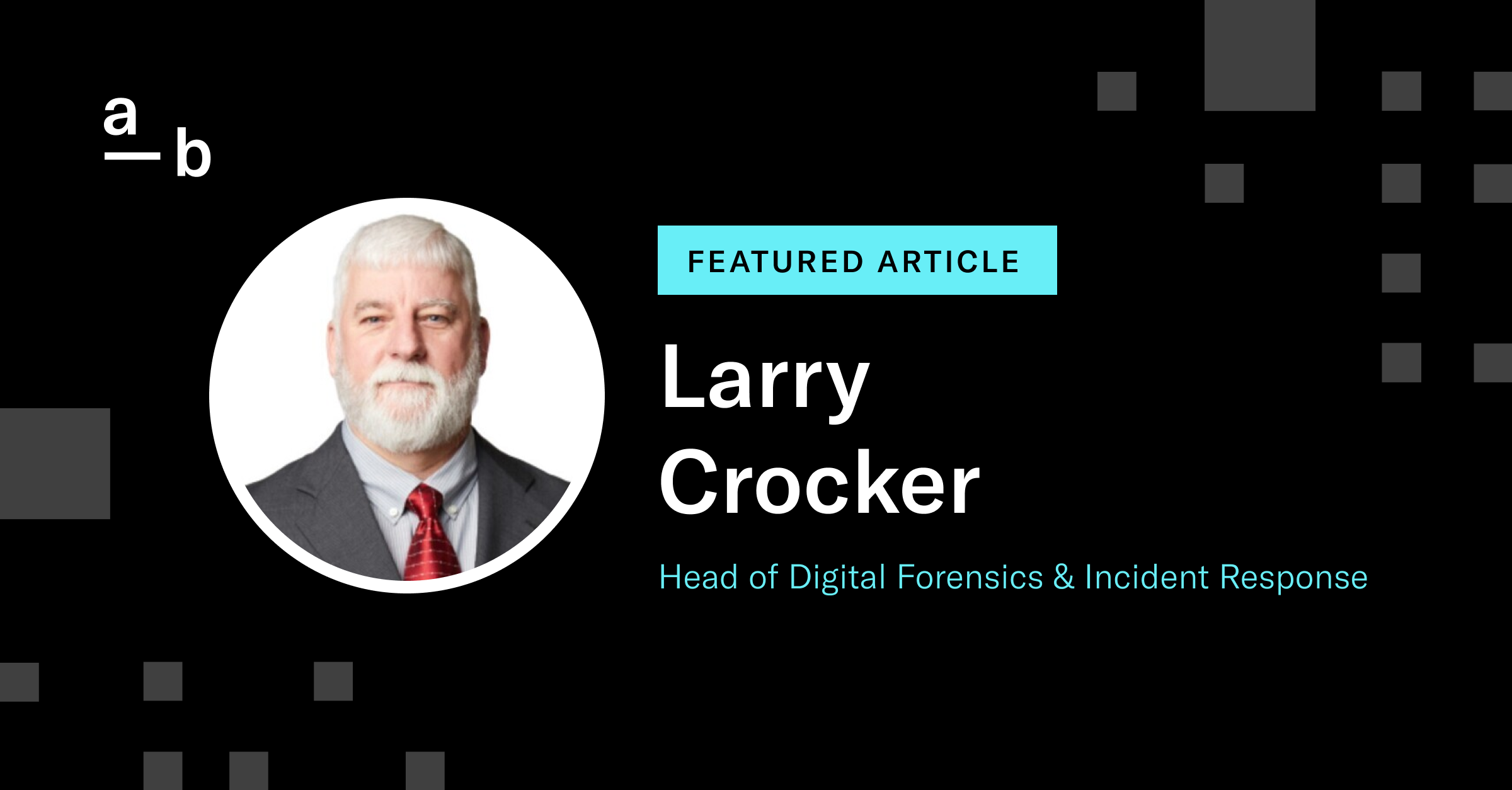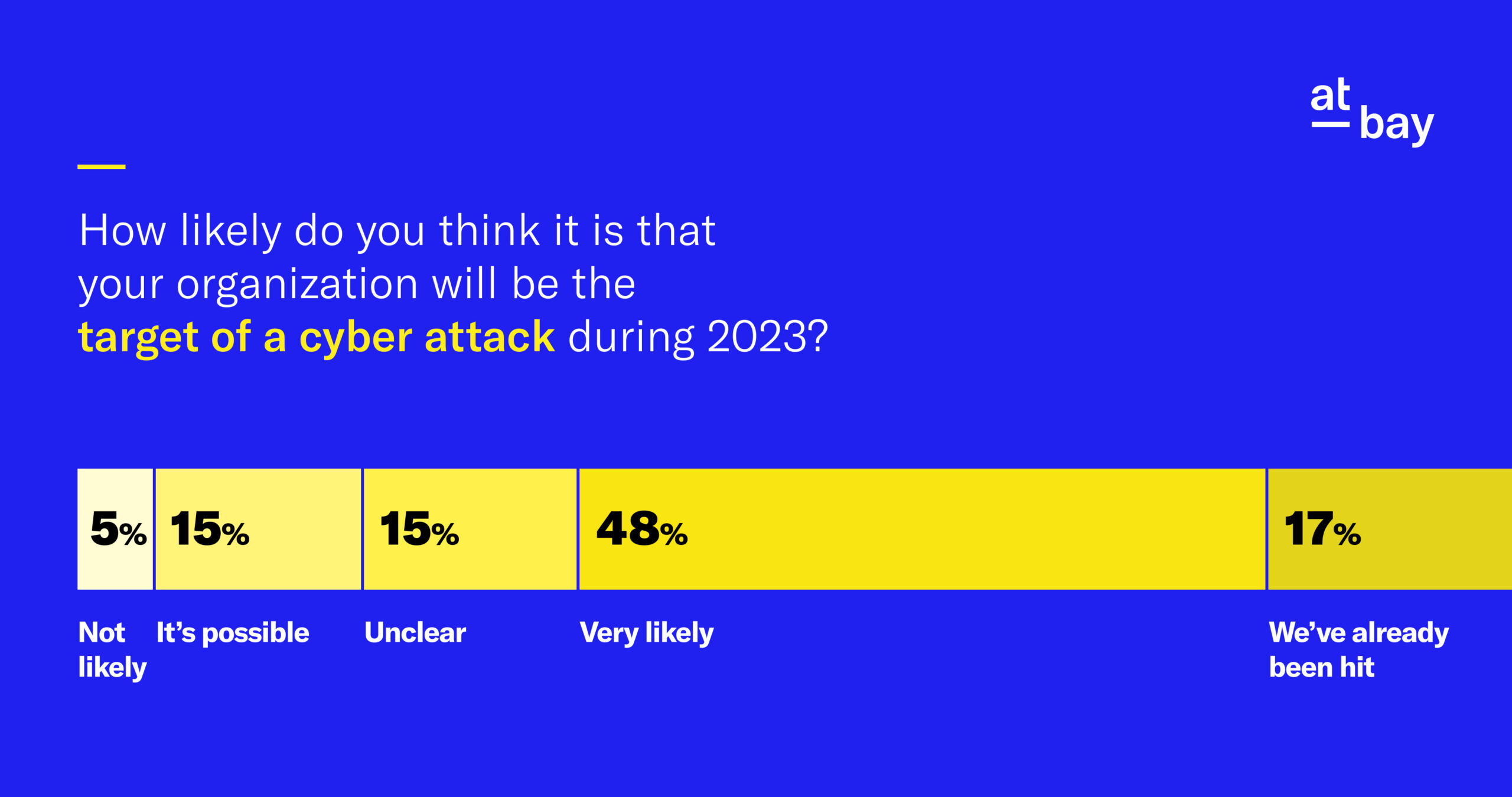Article
MDR vs. MXDR vs. EDR vs. XDR: What’s the Difference?
There are a range of platforms that can help organizations be proactive with their cybersecurity
An organization’s cybersecurity strategy needs to stay a step ahead of attackers, detecting and responding to threats that could arise at any given moment. There is a range of platforms that can help organizations be proactive with their cybersecurity, including:
- Managed Detection & Response (MDR)
- Managed Extended Detection & Response (MXDR)
- Endpoint Detection & Response (EDR)
- Extended Detection & Response (XDR)
While each of these services offers overlapping capabilities, it’s crucial to understand their differences to determine the best fit for your organization’s unique operations and needs.
What is MDR?
Managed Detection & Response, often referred to as MDR, is a managed security service that combines software and human monitoring to provide threat detection, response, and around-the-clock support.
Typically, managed detection and response software collects real-time data for cybersecurity professionals to monitor, manage, and investigate. This combination allows for more comprehensive threat detection and response. It may include a blend of other tools, such as:
- A Security Information and Event Management (SIEM) platform to collect and analyze security events
- An Endpoint Detection and Response (EDR) platform to granularly watch endpoints, which are physical devices that connect to/exchange information with a network (such as desktop computers, mobile devices, and servers)
- A Security Orchestration, Automation, and Response (SOAR) platform to identify threats, automate defensive actions, and streamline incident response
Benefits of MDR
One of the key benefits of MDR is its continuous monitoring and response regardless of the customer’s time zone or work hours. MDR offers access to a team of cybersecurity professionals who provide incident response, threat hunting, forensics, and vulnerability assessments.
With 24x7x365 expert monitoring, MDR can detect and respond to threats that may otherwise go unnoticed for days, especially outside of business hours when many breaches occur. The rapid response capabilities of MDR providers can significantly reduce the time it takes to contain and remediate threats compared to in-house teams. Importantly, worthwhile MDR solutions provide full-service remediation, meaning the security experts take action to fully resolve any threats rather than just alerting the business – thereby removing the security “homework” from organizations.
What is MXDR?
Managed Extended Detection & Response, or MXDR, is an advanced cybersecurity service that combines the capabilities of MDR and XDR. It is essentially an XDR platform — which provides security beyond just endpoints, incorporating higher-risk security domains like identity, email, and cloud — managed by an outsourced team of cybersecurity experts who monitor, investigate, and respond to threats on behalf of the organization.
Benefits of MXDR
MXDR is an evolution of both MDR and XDR, combining the broad technology scope of XDR with the 24×7 managed service model and human expertise of MDR. It is the most comprehensive solution for businesses that want a high level of protection across their entire IT environment without the need for a large, in-house security team. MXDR is ideal for organizations that want the most advanced level of security possible, with a team of experts managing the technology and responding to threats around the clock.
What is EDR?
Endpoint Detection & Response, better known as EDR, is a category of security software that focuses on detecting, investigating, and mitigating suspicious activities on hosts and endpoints.
This typically involves collecting and storing endpoint data, looking for malicious patterns or activities, and reacting to eliminate threats. EDR is instrumental for organizations with a large number of endpoints that can fall prey to malware and other cybersecurity threats.
Benefits of EDR
The main strength of EDR solutions is their far-reaching visibility into endpoint data, their sophisticated detection capabilities, and their real-time threat alerts. EDR technologies often include native antivirus functionality, allowing them to detect signature-based threats and malicious files. However, EDR goes beyond traditional antivirus by focusing on behavioral indicators and interactive attacks that may not be tied to specific files or executables.
EDR is particularly effective at identifying and preventing ransomware attacks. However, successful EDR implementation requires dedicated and skilled security analysts capable of interpreting EDR data and responding appropriately. This can present a challenge, both in terms of expertise and capacity, for in-house teams.
What is XDR?
Extended Detection & Response, or XDR, is considered an evolution of EDR. Like its predecessor, XDR focuses on detection and response, but it does this across the network rather than focusing solely on endpoints. XDR combines and correlates data from various sources, including network traffic and cloud workloads, to create comprehensive, contextual views of an organization’s security posture.
XDR platforms integrate multiple security products into a unified security incident detection and response platform. It can rely on similar managed detection and response tools — like SIEM, EDR, and SOAR — while also integrating Network Traffic Analysis (NTA) and User and Entity Behavior Analytics (UEBA) tools.
- NTA software monitors network behavior and identifies suspicious activity beyond the capabilities of an EDR.
- UEBA software provides further threat detection by observing and detecting unusual patterns in user behavior.
Benefits of XDR
XDR provides security beyond just endpoints, incorporating higher-risk security domains like identity, email, and cloud. This allows for a more holistic approach to threat detection and response. However, XDR solutions can be complex to configure. Some – but not all – XDR solutions do offer access to on-staff security experts similar to MDR solutions, but they tend to be more expensive.
XDR’s strength lies in its holistic, coordinated approach to threat detection and response across an organization’s entire digital environment. This can provide a potent response to cyberthreats, but only if the connected security team has the capacity to handle the high volume of threat data provided.
MDR vs. MXDR vs. EDR vs. XDR
While MDR, EDR, and XDR all aim to safeguard an organization’s digital assets, they offer different levels of insight, integration, and protection. Here’s the bottom line on each:
- MDR works in addition to an EDR, providing outsourced, 24x7x365 threat detection and response services. MDR offers a practical, cost-effective option that’s well-suited for SMBs without in-house security teams who want to protect their network and data. MDR providers can often remediate threats within 30-60 minutes, significantly faster than the average in-house team.
- MXDR provides a holistic approach to threat detection and response by integrating data from various sources across an entire IT infrastructure, including endpoints, identity, cloud environments, and applications. Like MDR, it includes continuous monitoring and threat hunting, but with the broader scope of an XDR platform.
- EDR offers detailed visibility into endpoints and is centered on preventing intrusions at those points. However, technically skilled in-house teams or outsourced MDR experts are essential to manage and interpret EDR’s findings and act on them. While EDR provides valuable protection, it may not catch all sophisticated or interactive attacks on its own.
- XDR examines threats across your organization from multiple data points and sometimes includes an accompanying security team. XDR is best suited for larger organizations with larger security budgets and more complex IT environments. It provides the most comprehensive coverage but at a higher cost and complexity.
What’s Right for Your Business?
While MDR, MXDR, EDR, and XDR all strive to protect organizations from cyberthreats, their differences lie largely in their scope, depth, capabilities, and targeted users. As such, each option must be evaluated within context, taking into account the specific needs, resources, and objectives of your organization.
For SMBs facing budget constraints and limited in-house expertise, MDR often provides the best balance of protection and affordability. It offers access to advanced security capabilities and around-the-clock monitoring without the need to build and maintain an in-house security operations center.
MXDR is a step up from MDR, expanding protection across an organization’s attack surface beyond just endpoints, while still offering 24x7x365 monitoring and remediation by an expert security team. SMBs that want enterprise-grade security without the enterprise price tag should consider MXDR.
Organizations with more complex environments or specific compliance requirements may find XDR‘s comprehensive approach more suitable, provided they have the budget to support it. Meanwhile, businesses with strong in-house security teams might opt for EDR solutions, leveraging their existing expertise to manage and respond to threats.
Ultimately, the choice between MDR, MXDR, EDR, and XDR should be based on a careful assessment of your organization’s risk profile, budget, and internal capabilities. By selecting the right detection and response tool, businesses of all sizes can take a more proactive approach to cybersecurity threats, helping to safeguard their assets in an increasingly complex threat landscape.
Learn about At-Bay Stance Managed Detection and Response
About At-Bay
At-Bay is the InsurSec provider for the digital age. By combining world-class technology with industry-leading insurance and security expertise, At-Bay was designed from the ground up to empower businesses of every size to meet cyber risk head on. Our InsurSec approach provides end-to-end protection for modern businesses. It’s a force multiplier that includes security, threat intelligence, and human experts to close the SMB cybersecurity gap — all as part of their insurance policy.





